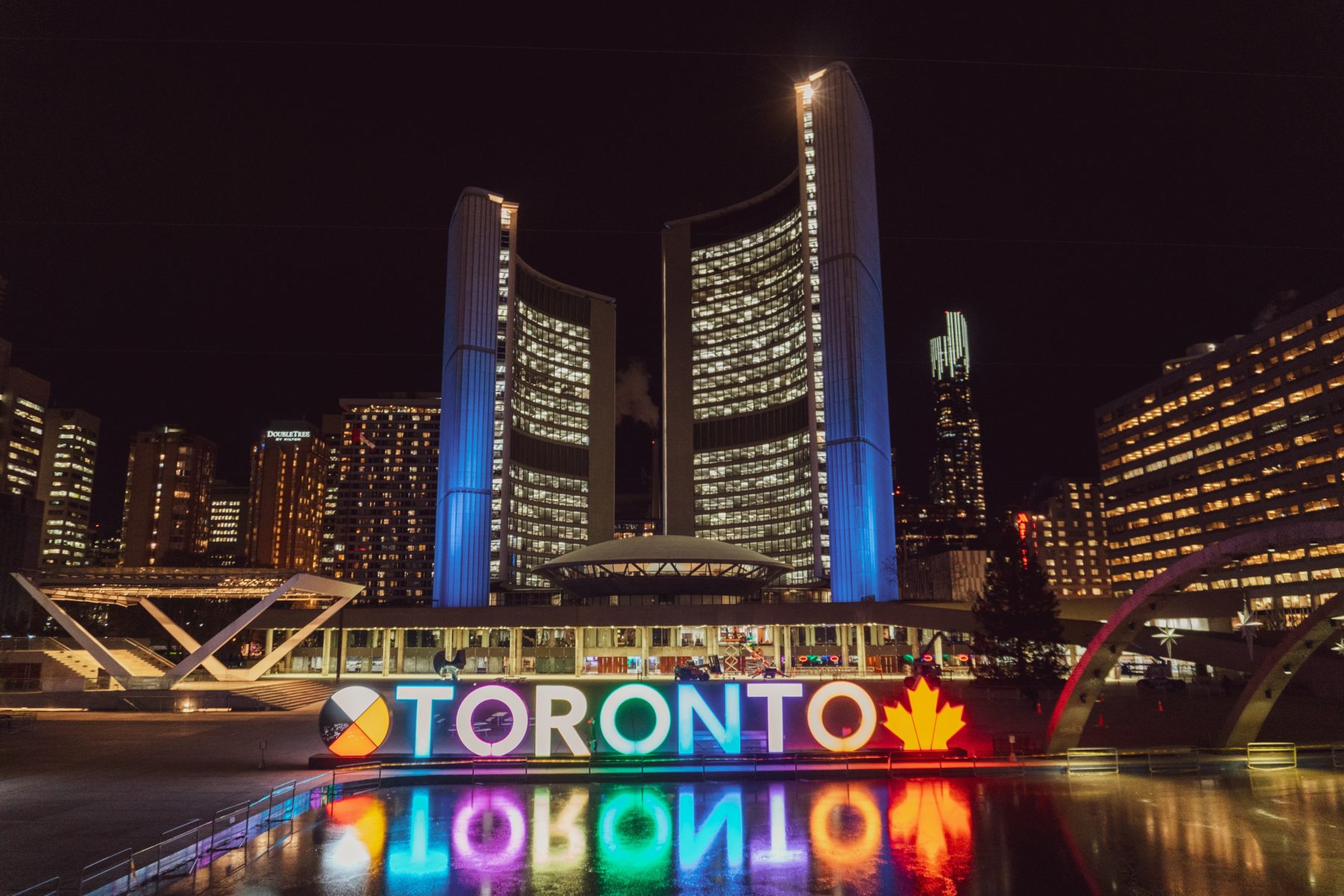
Toronto Moves on Performance Rules for New and Existing Buildings
This past week, the City of Toronto City Council passed two distinct sets of regulations to improve the climate and energy performance of the city’s news and existing buildings. Here’s the scoop on each.
Existing Buildings: The Net Zero Existing Buildings Strategy
What it Does
First, the city passed the Net Zero Existing Buildings Strategy, a suite of targets and actions that seek to encourage or require building owners and managers to measure, report, and ultimately reduce their properties’ climate pollution and energy consumption. The strategy creates a pathway towards mandatory emissions performance standards for buildings, which will be phased in beginning in 2025.
The Details
By the second quarter of 2023, Toronto aims to have a plan in place that would mandate owners of commercial, institutional, and multi-unit residential buildings smaller than 50,000 square feet to annually report their energy consumption and greenhouse gas emissions. It also moved to mandate home energy labeling on single-family homes and other building types.
The city is formally asking the province to amend regulations to enable this benchmarking and labeling. But if those revisions do not materialize, the city signalled that it will move ahead regardless. The Net Zero Existing Buildings Strategy also asks staff to:
- Introduce a voluntary EnerGuide-based energy reporting, disclosure and labelling program for Toronto single-family homes that would start in the second half of 2022.
- Complete a plan, by the second quarter of 2023, that would require all Toronto single family homes to participate in an EnerGuide-based energy reporting, disclosure, and labelling program that would begin in 2025.
- Complete a plan, by the third quarter of 2021, to encourage existing buildings to voluntarily work towards meeting emission performance targets that the city will establish in the second half of 2022.
- Develop a plan by the fourth quarter of 2022 to implement mandatory emissions performance targets for existing buildings, and to produce a program and implementation plan in the second quarter of 2023 to phase-in mandatory emissions performance targets starting with large buildings. The targets will require improved emissions performance over time.
- Develop an implementation plan in 2021 that would seek to support commercial, institutional, and multi-unit residential buildings in undertaking energy and emissions audits, re-commissioning, and the development of retrofit roadmaps aligned with capital plans and the net zero emissions by 2050 target, to commence in the latter half of 2022.
- Develop a plan by the second quarter of 2023 to require buildings 50,000+ square feet to undertake energy and emissions audits and recommissioning, and to develop retrofit roadmaps aligned with capital plans and the net zero emissions by 2050 target, to commence in 2025.
- Identify opportunities to educate and engage property owners, designers, builders and other stakeholders on the implementation of the City’s Net Zero Existing Buildings Strategy, including emissions performance targets, retrofit support resources, and navigation of the permitting process.
- Work with utilities, the utility regulator, and the federal government on related enabling actions, such as broad electrification.
Overall, it is a sweeping and ambitious agenda to slash emissions and energy use in the city’s stock of existing buildings.
New Buildings: Toronto Green Standard Version 4
The City of Toronto council also approved Version 4 of the Toronto Green Standard—the city’s sustainable-design rules for new construction.
What it Does
Much like the BC Energy Step Code, the standard consists of performance tiers with supporting guidelines that promote sustainable site and building design. The standard addresses the City of Toronto’s environmental priorities to:
- Improve air quality and reduce the urban heat island effect
- Reduce energy use and greenhouse gas emissions from new buildings while making buildings more resilient to power disruptions, and encourage the use of renewable and district energy
- Reduce stormwater runoff and potable water consumption while improving the quality of storm water draining to Lake Ontario
- Protect and enhance ecological functions, integrate landscapes and habitats and decrease building-related bird collisions and mortalities
- Divert household and construction waste from going to landfill sites.
- The Toronto Green Standard implements the environmental policies of the City of Toronto Official Plan and the requirements of multiple City divisions through the community planning and development approvals process administered by the City Planning Division.
The Details
According to TAF, Version 4 is expected to reduce cumulative carbon emissions by nearly two megatonnes by 2050.
- The Standard will require new buildings to have an increased percentage of zero-emissions vehicle charging and active transportation infrastructure.
- It is a leading standard in North America due to its streamlined approach, incentives for exceeding minimum requirements, and predictable roadmap for industry. Carbon intensity requirements provide a clear pathway to near-zero emissions buildings by 2030.
- Under Version 4, the City of Toronto will require all new City-owned buildings to achieve net-zero emissions starting in 2022.